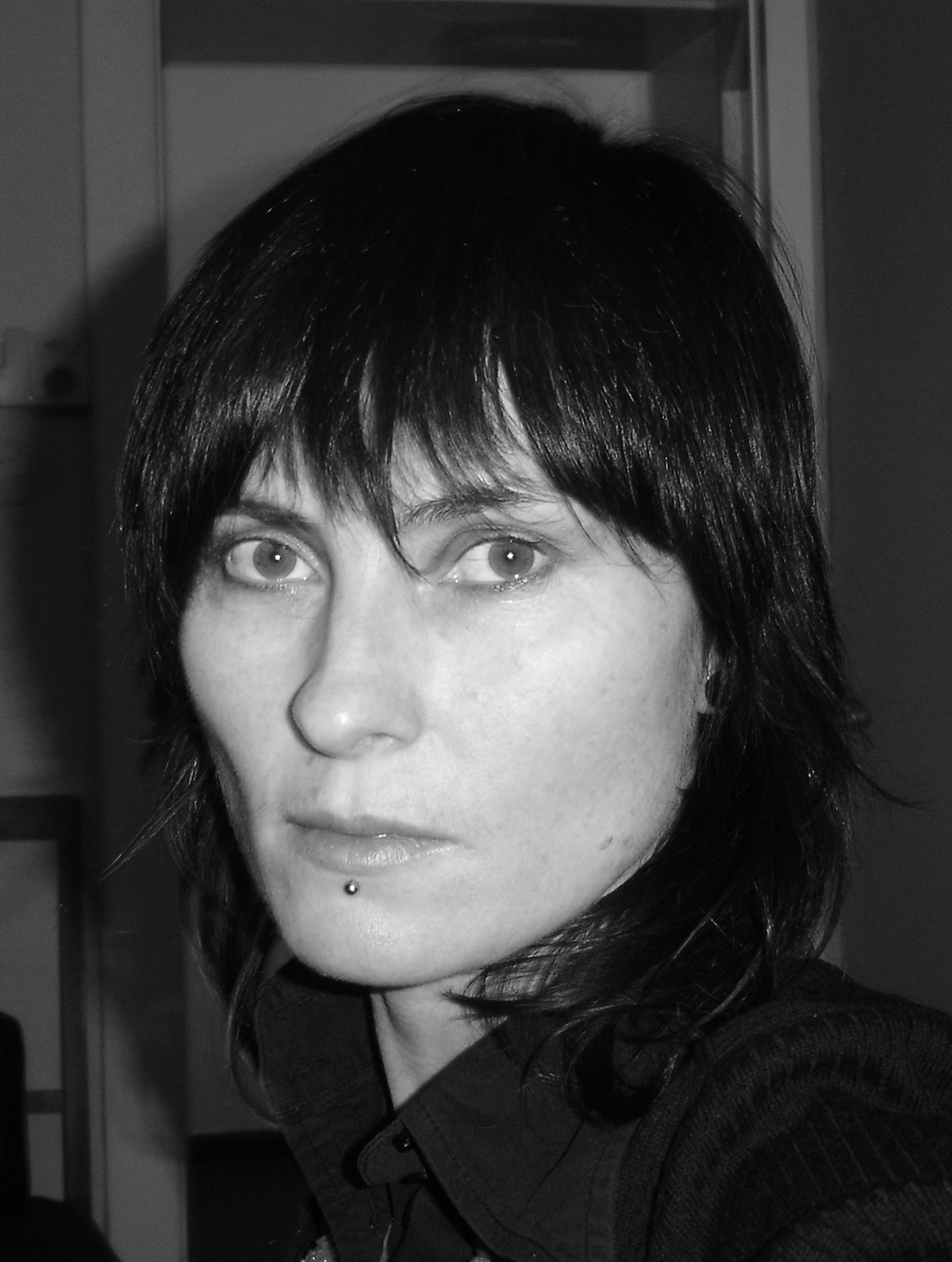
Contributor profile: Fiona McGregor
Fiona McGregor is a Sydney writer and performance artist. She has published five books, including Strange Museums, a travel memoir of a performance art tour through Poland. Her most recent novel Indelible Ink (2010) won Age Book of the Year. McGregor writes essays, articles and reviews for many publications including RealTime, Overland, The Monthly, The Saturday Paper, Runway and Running Dog. Her photo essay A Novel Idea, an exploration of the process of novel writing under the rubric of endurance performance, will be published by Giramondo in March 2019.McGregor’s performance has been shown internationally. From 1998 to 2005, she worked with collaborative duo senVoodoo, then went solo. Her intervention Dead Art saw her carried from the Museum of Contemporary Art by NSW Police. You Have the Body, a meditation on unlawful detention, toured Australia 2008-09 and was voted Show of the Year by theatre critic James Waites. In 2011 McGregor created the multidisciplinary Water Series at Artspace, a collection of durational and endurance performances with trace installations, as well as video.
Since the 90s, Fiona has been involved in Sydney’s queer alternative performance and party culture. She co-produces annual fundraiser dance party UNDEAD for grassroots organisation Unharm, which campaigns for drug law reform and de-stigmatisation.
She is currently working on a collection of non-fiction, a trilogy of novels based on the life of Iris Webber, a busker and petty thief, set in the criminal milieu of 1930s inner Sydney, and a large collaborative performance project.
Website: www.fionamcgregor.com
Exposé
I’ve come a full circle with criticism. As a young writer I believed in the pejorative, Those that can’t do it, talk about it. Then, when RealTime commissioned an article in 1994 on Dyke Performers, I began to see things differently. It was a culture that I lived and breathed, and I saw the value of interacting with it as a writer. I could bring the work to a wider audience, observe and analyse it in a way the artists couldn’t due to proximity, and extend myself as a writer. Once I began to practise as a performance artist myself the exchange was enhanced but it was another 10 years before I could write about my own work. Over the decades I’ve become an avid reader of critical writing and I now think it’s invaluable. As an artist I’m grateful when someone engages critically with my work. It’s tricky in a small beleaguered community to strike a balance between being supportive and being honest. I can lie awake worrying about reviews that take days to write and pay $120! The best critical writing doesn’t necessarily come from the best art. It’s serendipitous. The critic needs to pay attention, dig deep, hang onto their humour and most of all be brave, be honest. Dare to say the stuff nobody else does. Don’t deny your personal take but also don’t get blinded by it. Not that dissimilar to tenets for the artist. I’ve developed a strong sense of cultural custodianship, which fires both my criticism and my art.
Fiona’s first RealTime article appeared in RT 2, p4, 1994
Pap Smears and Whipped Cream: Dyke Performance in the 90s
Recent articles for realtime
Climate change, culture threat: Blacktown Arts Centre’s Disaffected
Ice, art & urgency: Latai Taumoepeau, Repatriate I & II
Asia-Australia: art, conscience, action: 4a Centre For Contemporary Asian Art, 48Hr Incident
Enduringly queer: Day for Night, Performance Space
How does your live art grow?: Liveworks, Performance Space






